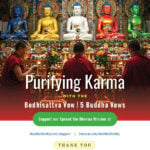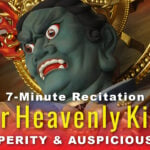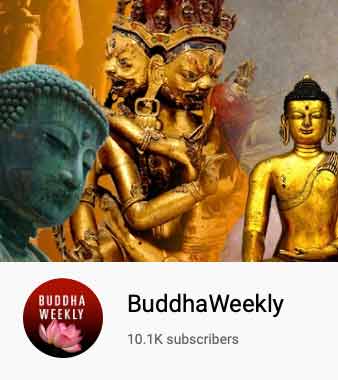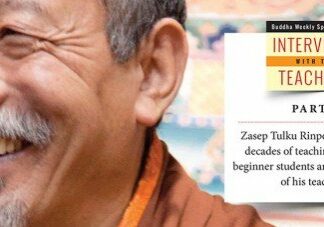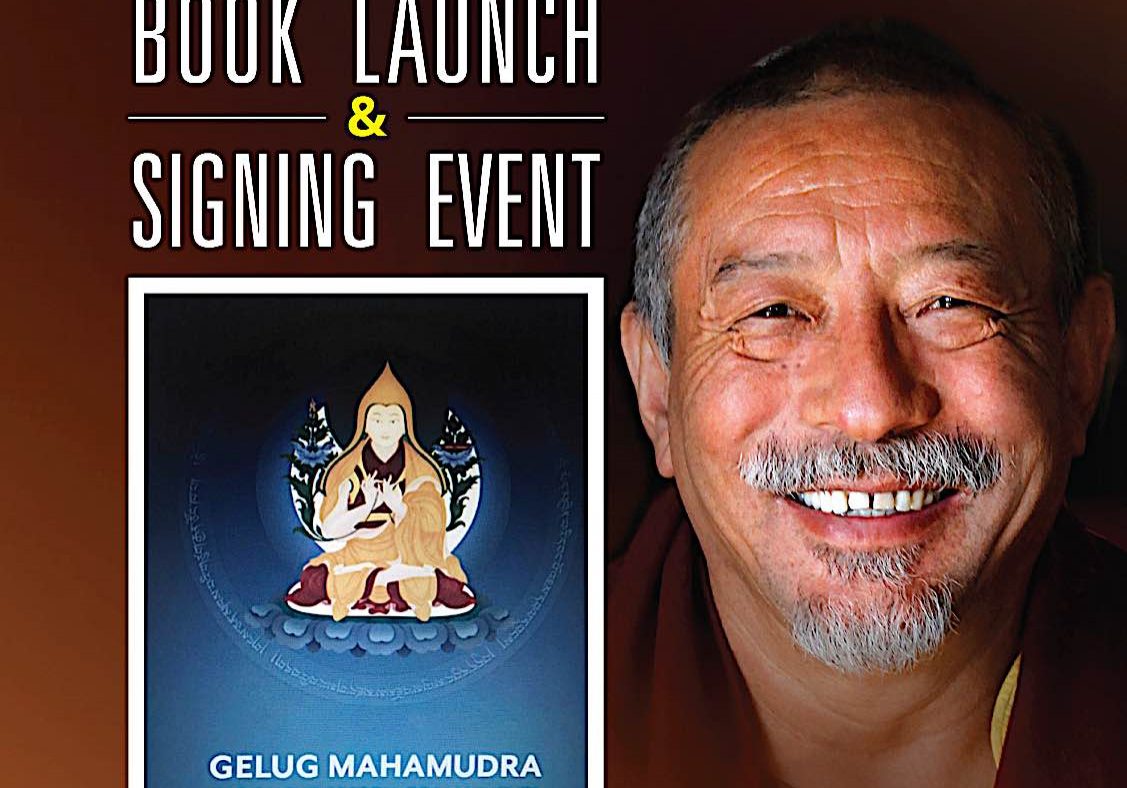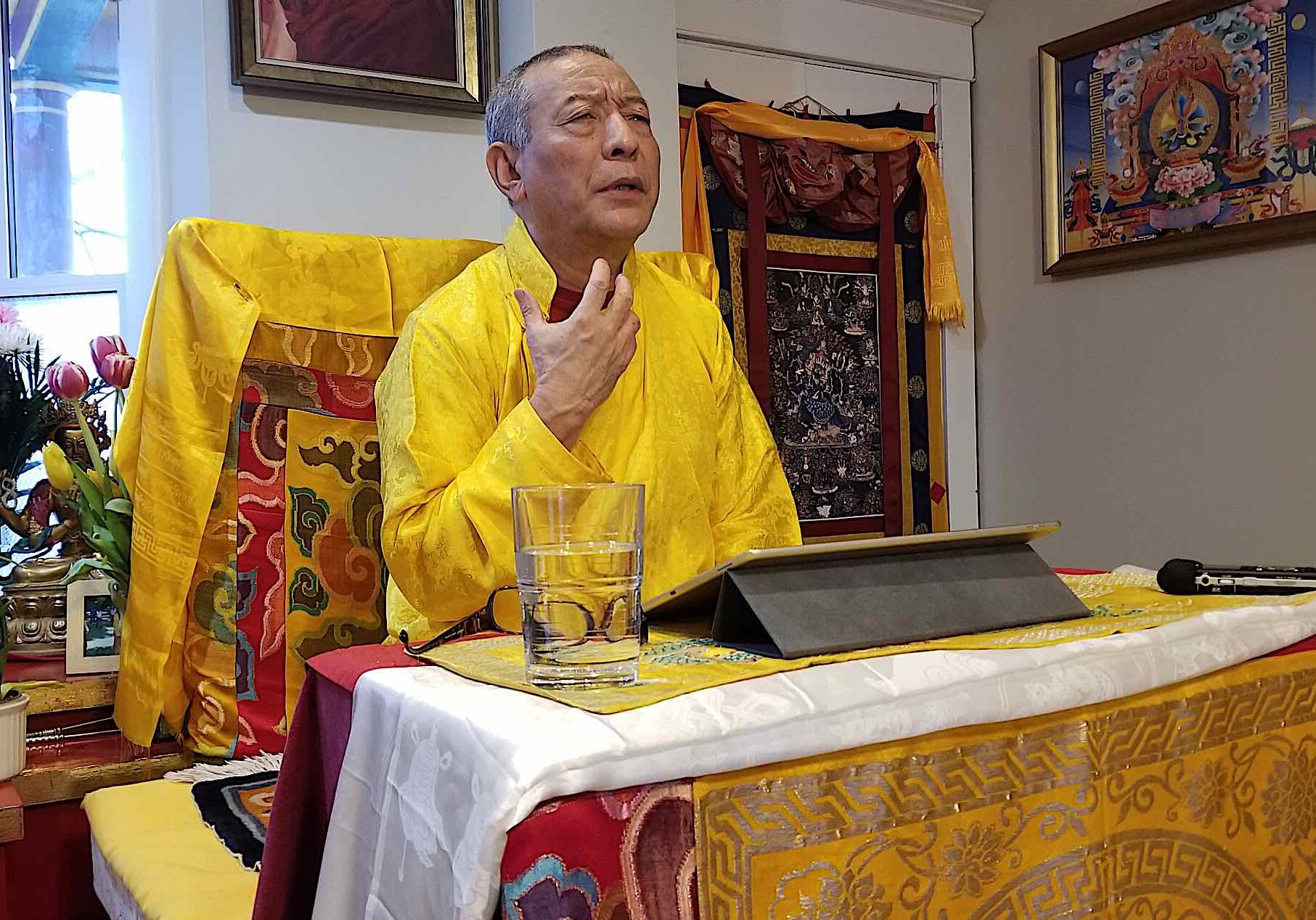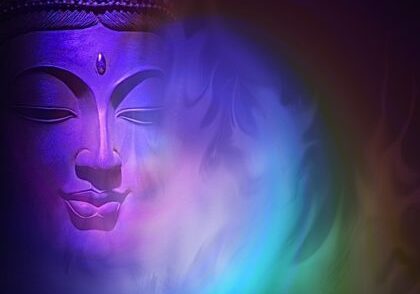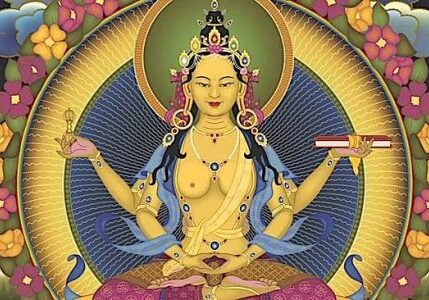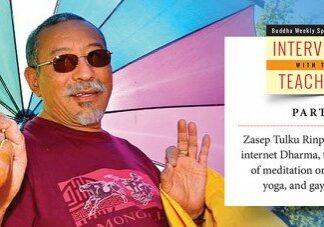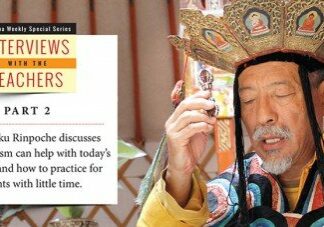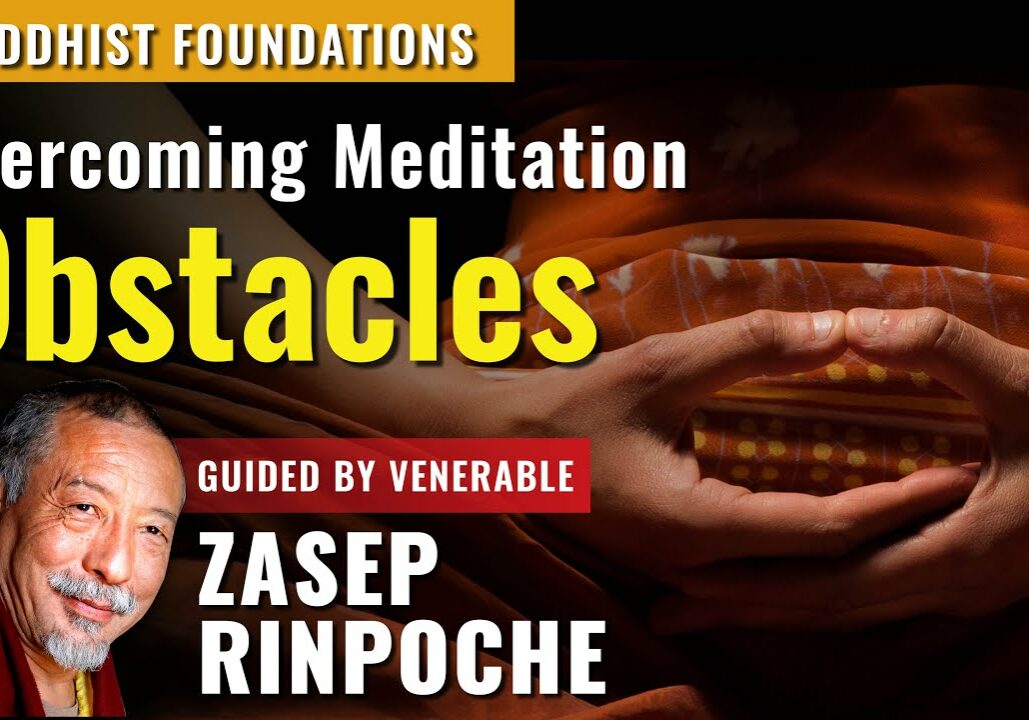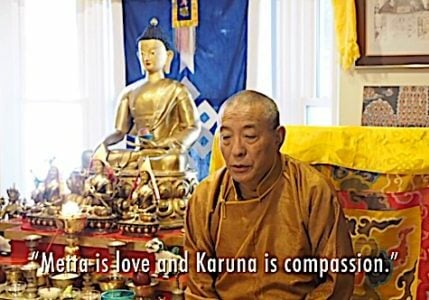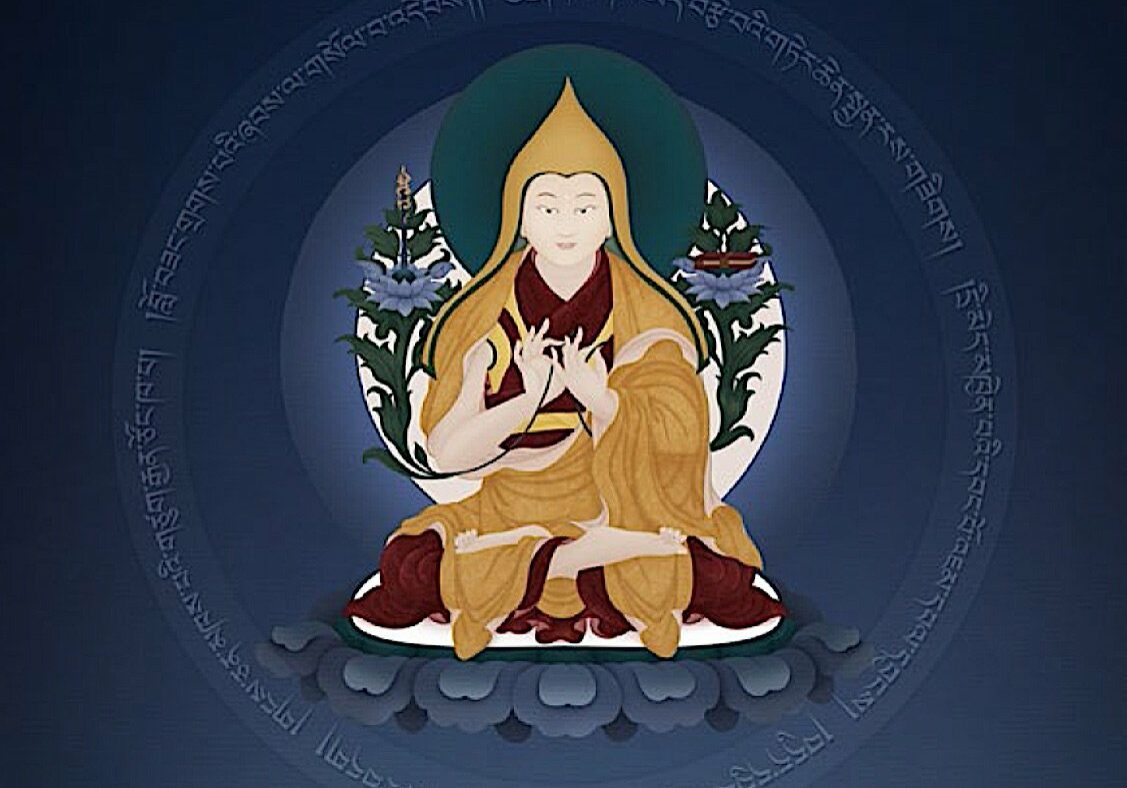Search Results: Zasep Tulku Rinpoche
Zasep Tulku Rinpoche discusses decades of teaching, advice for beginner students and funny stories of his teachers.
H.E. Venerable Zasep Tulku Rinpoche is always quick to smile and laugh, regardless of a hectic teaching schedule that has him spending many hours flying around the world. Despite a very tight three week schedule of teachings at Gaden Choling in Toronto, the Venerable teacher found time for an in-depth interview with...
Gelug Mahamudra book launch and author signing, with H.E. Venerable Zasep Tulku Rinpoche November 24, 2018 public drop-in event
In a rare event, on November 24, 2-4pm, H.E. Zasep Rinpoche will be launching and signing his new book Gelug Mahamudra: Eloquent Speech of Manjushri. (Wind Horse Press). Download the PDF poster: Gelug-Mahamudra-book-launch-signing-poster-H-E-Zasep-Tulku-Rinpoche What is Mahamudra meditation and why do we need it? “...Mahamudra is at the very heart of Buddha’s teachings....
“Mind is the creator of our own happiness or suffering”—Venerable Zasep Tulku Rinpoche teaches Lojong Seven-Point Mind Training
By Lee Kane "On one level all our minds are connected," said Venerable Zasep Tulku Rinpoche in his introductory remarks at a weekend retreat dedicated to Lojong Seven-point mind training. "We are the creators of our suffering. Everything depends on mind." Lojong literally can translate as "mind training"— lo, mind; jong, training....
Part 3: Zasep Tulku Rinpoche discusses how to find a teacher; why its important to meditate on death; how to start with Deity Yoga; how wrathful Deities can be misunderstood; and the role of internet in Dharma teachings.
Buddha Weekly continues its special series “Interviews with the Teachers” with part 3 of an extensive hours-long interview with the most Venerable Zasep Tulku Rinpoche. Rinpoche is spiritual director of many temples, meditation centres and retreat centres in Australia, the United States and Canada and teaches also in Mexico and Mongolia. Future scheduled teachings...
Part 2 of Interview with the Teachers: Zasep Tulku Rinpoche discusses how Buddhism can help with today’s problems; on how we should think of hell realms and reincarnation; and how to practice when you have so little time.
Buddha Weekly continues its special series “Interviews with the Teachers” with part 2 of an extensive hours-long interview with the most Venerable Zasep Tulku Rinpoche. Rinpoche is spiritual director of many temples, meditation centres and retreat centres in Australia, the United States and Canada and teaches also in Mexico and Mongolia. He is also...
Video: Purification of the Obstacles of Dharma practice: Doubt, Fear and Restlessness. Buddhist Ngondro Foundation Teachings, Part 3 –– a Teaching from Venerable Acharya Zasep Tulku Rinpoche
"Today, I will speak of the general obstacles of spiritual practice. One of the very first obstacles is doubt. Too much doubt, doubting, so that you spend so much time on questions, instead of just doing the practice. Questioning, is not a bad thing. Questioning is a sign of intelligence and also doubt...
Video teaching: Metta and Karuna, the “most important” Buddhist practices of Love and Compassion, from H.E. Zasep Tulku Rinpoche
Metta and Karuna — Love and Compassion, respectively — are two of the three foundations of Buddhist practice. The third is "Shunyata", the wisdom of Emptiness. Loving Kindness and Compassion has been called, together, the "most important practice" in Buddhism. In this short teaching video, H.E. Venerable Acharya Zasep Tulku Rinpoche answers...
Book Excerpt: Gelug Mahamudra, Eloquent Speech of Manjushri, a commentary and practice guide on Sutra and Tantra Mahamudra by Ven. Zasep Tulku Rinpoche
The book, Gelug Mahamudra Eloquent Speech of Manjushri, is a rare commentary and practice guide in English, written for Western Buddhist students. Why is Mahamudra an advanced and special practice? Rinpoche explains: "Mahamudra meditation is awareness and understanding of the true nature of mind; it is spacious, without beginning or end. It...


